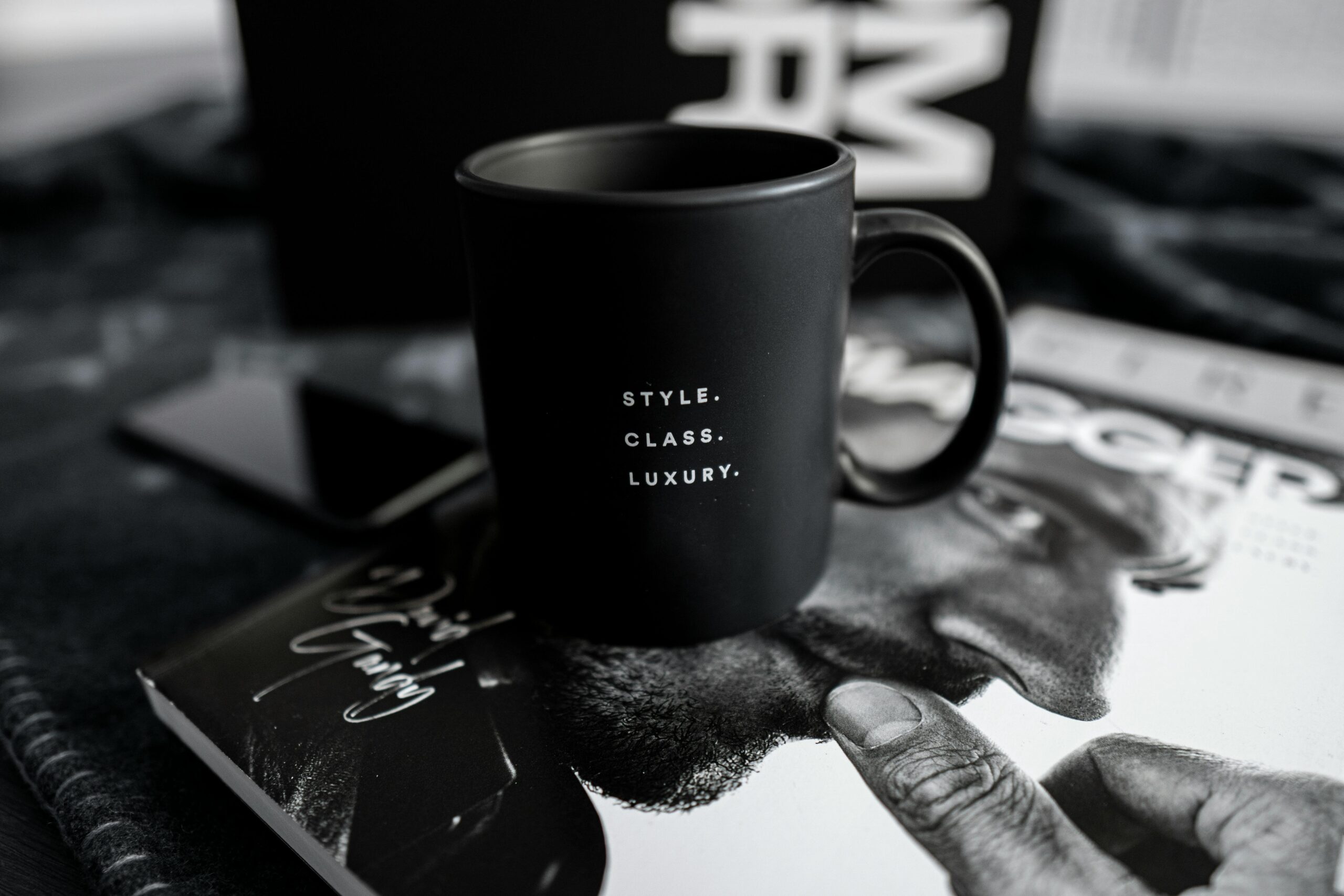Fashion marketing is the art and science of promoting fashion products to a targeted audience, blending trend awareness, brand storytelling, and consumer psychology to drive desire and sales. But “what is fashion marketing” really gets at something deeper—how identity, time, culture, and commerce collide in real time.
In an industry that reinvents itself every few months, fashion marketing must be nimble, sensory, and culturally attuned. Unlike static retail sectors, it thrives in a storm of constant change. It includes everything from product launches and influencer partnerships to visual merchandising, digital strategy, and post-sale customer engagement.
According to the Fashion Retail Academy and Shopify, successful fashion marketers don’t just sell clothes—they sell lifestyle, status, values, and even rebellion. Understanding how to do that opens the door to powerful marketing lessons for industries far beyond fashion.
Trend Lifecycle
The fashion trend lifecycle is one of the most high-speed marketing games in existence. Here’s how it typically unfolds:
- Innovation – A new idea or aesthetic is introduced by a designer, subculture, or celebrity.
- Rise – Early adopters, influencers, and tastemakers begin to wear or promote it.
- Peak – The trend hits the mainstream; brands mass-produce it.
- Decline – Oversaturation leads to disinterest.
- Obsolescence – The trend becomes passé or even cringe-worthy.
Fashion marketing hinges on knowing where a trend is on this curve—and acting accordingly. Shopify emphasizes the power of data analytics to track buying behavior and social chatter, allowing brands to adjust campaigns in real-time.
Other industries should take note. Whether you’re selling SaaS or sportswear, being first—and then being fast—is often the difference between dominance and irrelevance.
Key Fashion Marketing Strategies
Here are some proven fashion marketing strategies that power modern brands—and how they apply more broadly:
1. Storytelling Through Branding
Fashion brands succeed when they offer more than clothing—they tell a story that resonates with their audience. For example, Patagonia isn’t just about jackets—it’s about environmental activism. Gucci isn’t just about luxury—it’s about reinvention, edge, and irony.
In Other Industries: Make your brand about something bigger. Sell identity, not just product.
2. Influencer Marketing
Partnering with micro and macro influencers builds credibility fast. In fashion, these partnerships aren’t just advertisements—they’re authentic endorsements. Social proof = modern currency.
In Other Industries: Tap into niche leaders. Think experts, educators, or podcasters—not just Instagram models.
3. Digital-First Experiences
Shopify notes that top fashion brands treat their websites like flagship stores—immersive, dynamic, and always fresh. AR try-ons, AI stylists, and personalized content are changing the game.
In Other Industries: Personalize your landing pages, emails, and UX based on real user data. Make every digital touchpoint a branded experience.
4. User-Generated Content (UGC)
Encouraging customers to share how they wear or style a product creates an authentic marketing loop. Brands like ASOS and Glossier thrive off UGC, blending community with promotion.
In Other Industries: Highlight how customers use your product. Reviews are table stakes—stories and visuals build connection.
5. Sustainability and Ethical Messaging
According to IFAP Paris and LIM College, today’s fashion consumers care about the planet. Transparency around materials, labor, and supply chains now directly influences buying behavior.
In Other Industries: What are your values? Make them visible, measurable, and actionable. Modern consumers want companies that stand for something.
What Any Industry Can Learn from Fashion Marketing
Fashion marketing is about hustle, intuition, data, and emotion. It’s fast-moving and high-risk, but the rules it plays by can be applied across sectors:
- Speed matters. If you can’t respond to change, you’re irrelevant.
- Brand is everything. People buy stories, not specs.
- Emotion drives action. Connection leads to conversion.
- Culture is currency. The brands that win understand their time and place.
This philosophy resonates well with businesses looking to grow their presence in high-competition environments. In fact, industries like tech and sports already follow fashion’s lead in many ways. Consider how sneakers and esports have collided, or how sports leagues use merchandise drops and influencer athletes to build hype.
In our own exploration of what is the sport that makes the most money, we found similar marketing principles at play: limited edition releases, fan-driven storytelling, and massive personalization.
Beyond Vanity Metrics
At The Think Chronicle, we don’t romanticize marketing—we dissect it. Fashion marketing, at its best, isn’t about superficial trends. It’s about responding to human desire with speed, honesty, and creative intelligence.
Yes, the industry has flaws—overproduction, fast fashion ethics, and homogeneity. But from these challenges come lessons: innovate, act responsibly, and never stop listening.
More importantly, fashion marketing reminds us that people don’t want things. They want meaning. They want identity and to be seen.
If your business—whether you’re in wellness, finance, or tech—can deliver that? You’re not just marketing. You’re leading.
Fashion marketing is a high-pressure, high-reward environment that turns brands into cultural forces. It teaches agility, emotional intelligence, and consumer obsession at scale. And those who study it seriously—not just the “glamorous” side, but the strategy and psychology—will find themselves ahead of the curve in any industry.
So, next time you ask what is fashion marketing, look past the runway. What you’re really asking is: how do brands make people feel something—and act on it?
Master that, and your industry becomes the runway.

